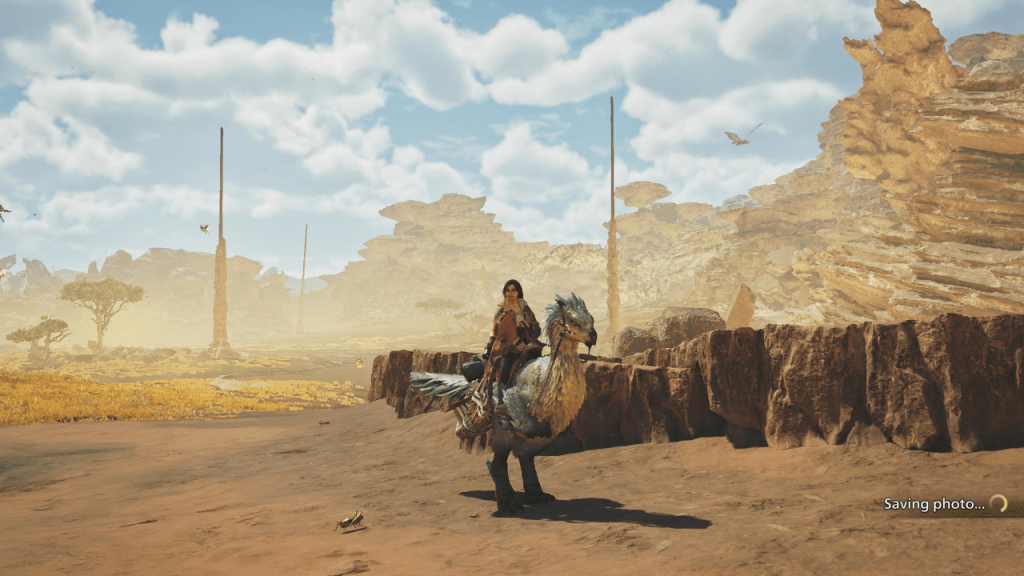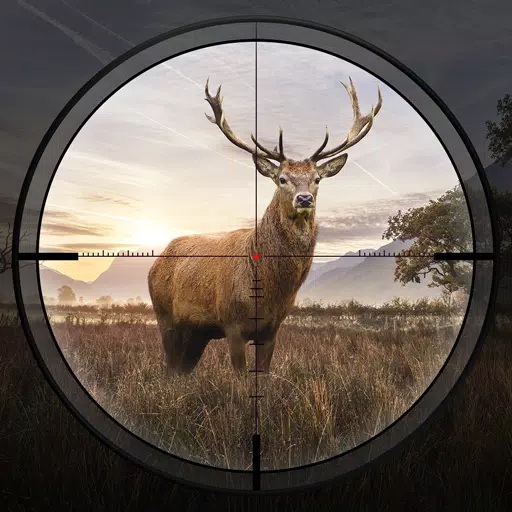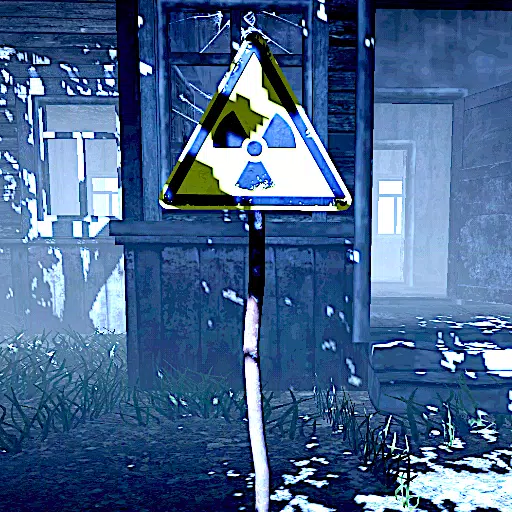Monster Hunter Wilds Seasons and Weather, Explained
Navigating the Forbidden Lands in *Monster Hunter Wilds* means contending with dynamic seasons and weather patterns that significantly impact gameplay, beyond just altering the game's visuals. This guide breaks down everything you need to know about these environmental shifts.
Understanding *Monster Hunter Wilds'* Seasons

Monster Hunter Wilds features two main seasons: Fallow and Plenty, each dramatically altering the environment and monster behavior. The game begins in the harsh Fallow season, characterized by scarce resources, intense weather events, and aggressive monsters frequently engaging in territorial battles. Survival is a constant challenge.
In contrast, the Plenty season offers a warmer, more bountiful environment. Flora flourishes, the landscape transforms, and monsters are less hostile, generally less prone to pack hunting. This season makes resource gathering significantly easier, a welcome change for both hunters and the villagers of the Forbidden Lands.
Brief, but intense weather events known as Inclemency punctuate the transitions between seasons. These periods intensify existing weather conditions and often serve as the backdrop for epic clashes with Apex Predators. For example, the Sandtide, a powerful lightning-filled sandstorm, sets the stage for a challenging encounter with the Alpha Doshaguma in the Pinnacle of the Pack assignment. Expect more unique weather events during Apex Predator hunts throughout the game.
Checking Seasons and Weather

The game provides convenient ways to track the current season and weather. The HUD's bottom-left corner displays icons indicating the time of day and the prevailing season. For more detailed information, consult your map. Press the indicated button to access the Environment Overview, providing a comprehensive report on the current weather and season.
Optional Quests also have pre-set times of day and seasons. Completing these quests will temporarily transport you to the specified environment, regardless of the current season in the main game.
Changing Seasons and Weather
The impact of seasons on Monster Hunter Wilds' flora and fauna might make one season more advantageous than another for specific tasks. Fortunately, you can manipulate the in-game time and weather.
To change the season and weather, pitch your tent and select the "Rest" option from the BBQ menu. This allows you to adjust the environment and time before your hunter wakes up.
Be aware that resting has a cost: 300 Guild Points, and is only available to High-Rank Hunters. Furthermore, you cannot rest during an active quest.
This concludes our overview of seasons and weather in Monster Hunter Wilds.
Monster Hunter Wilds is available now on PlayStation, Xbox, and PC.
Latest Articles












![Roblox Forsaken Characters Tier List [UPDATED] (2025)](https://images.dyk8.com/uploads/18/17380116246797f3e8a8a39.jpg)


















